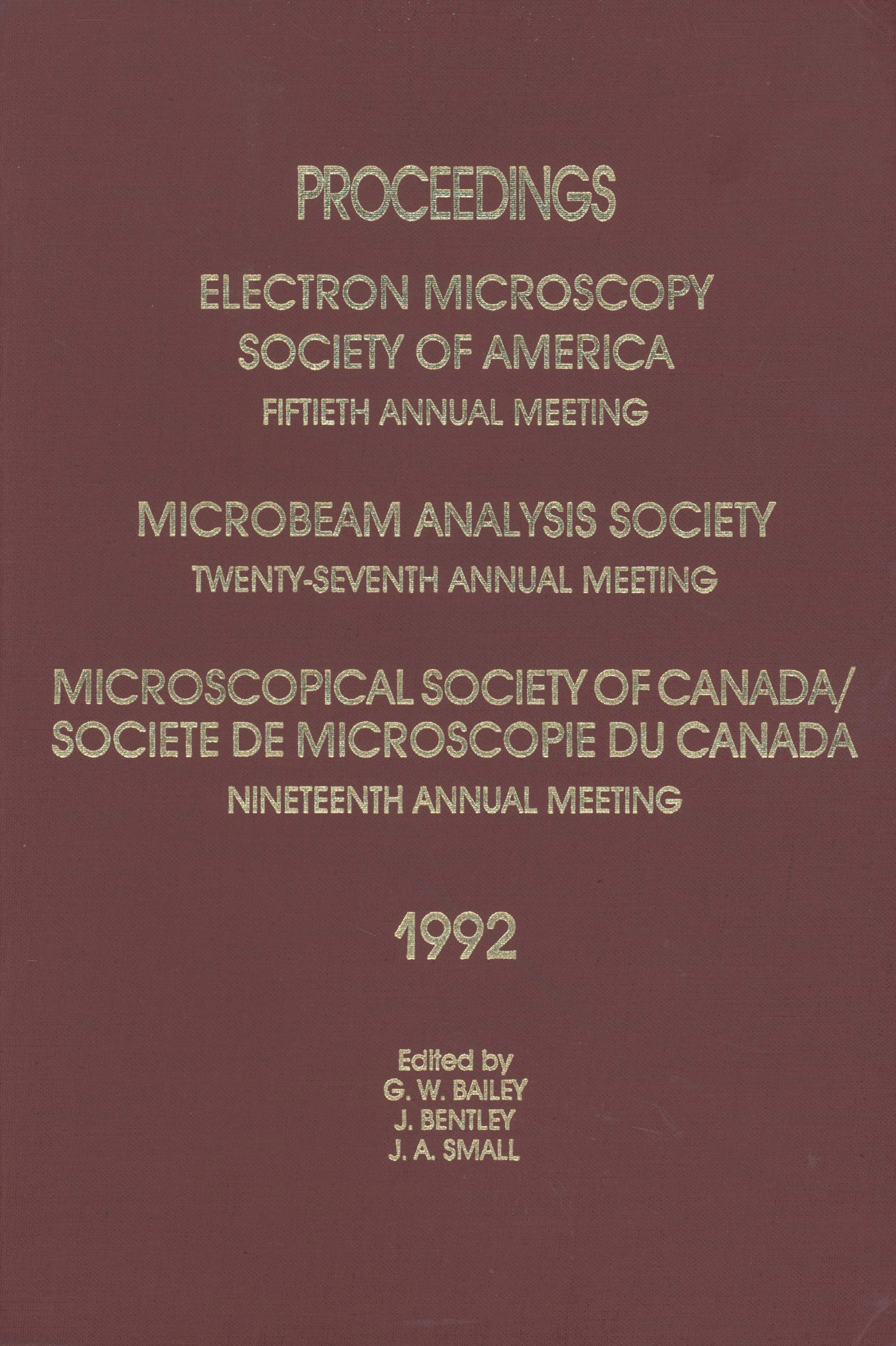Article contents
Na+K+ Dependent Atpase as a Specific Marker for Myoepithelial Cells: An Ultrastructural Study.
Published online by Cambridge University Press: 18 June 2020
Extract
One of the problems in the study of mammary carcinomas is the cellular heterogeneity which they present. The use of a specific histochemical marker can help to distinguish the two principal cellular types found in the mammary gland; the epithelial and myoepithelial cells.
Mammary glands of female Balb/C mice of different ages were removed and fixed in 1.5% glutaraldehyde in 0.1M cacodylate buffer pH 7.2 with 1% sucrose. After two hours of fixation at 4°C, the material was washed in 0.1M cacodylate buffer, sectioned with a Smith-Farquar microtome set at 70-100u, and incubated for the histochemical detection of ATPases. The tissue was then washed again with 0.1M cacodylate buffer, postfixed in 1% osmium tetroxide, dehydrated, and embedded in an Epon-Araldite mixture.
For the Mg++ dependent ATPase the conventional method of Wachstein and Meisel was followed. The Mg++ dependent ATPase is localized in the plasma membranes of the epithelial and myoepithelial cells (Fig. 1).
- Type
- Cytochemistry and Electron Microscopy
- Information
- Copyright
- Copyright © Claitor’s Publishing Division 1975
- 4
- Cited by




